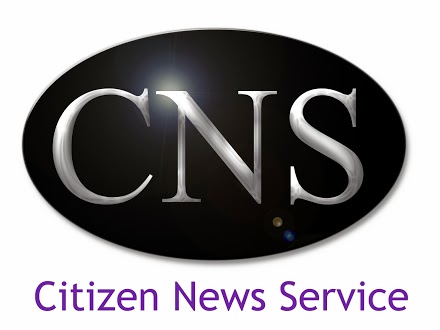With nearly 35% of India's adult population (age 15+) consuming some form of tobacco, there are around 275 million people in the country smoking and/or chewing this poison, and an estimated 1 million dying every year from tobacco-related diseases. Moreover 27% of the youth (age group 13-15 years) are exposed to second-hand smoke at home and 40% are exposed to second-hand smoke in public places. Bidis or cheap hand-rolled cigarettes (which outsell cigarettes by a ratio of 8:1) are the most popular tobacco product used in India, comprising 48% of the tobacco market. Chewing tobacco comes next at 38% followed by cigarettes at 14%.
For World No Tobacco Day 2014, World Health Organization (WHO) and its partners call on countries to raise taxes on tobacco. Increasing taxes on tobacco is considered to be the most cost-effective tobacco-control measure. An increase of 10% in tobacco prices is said to decrease tobacco consumption by about 4% in high-income countries and by up to 8% in most low- and middle-income countries. The World Health Report 2010 indicated that a 50% increase in tobacco-excise taxes would generate a little more than US$ 1.4 billion in additional funds in 22 low-income countries.
Favouring an increase in tobacco taxes, Dr Ehsan Latif, Director-Tobacco Control, International Union Against Tuberculosis and Lung Disease (The Union), says that, "Increasing taxes on tobacco products is the most effective policy measure a government can take to reduce tobacco-related mortality across a population. It is also seen as an attractive measure for governments, as it increases their revenues. Some countries, the Philippines, Thailand and Vietnam, are using this extra income to fund government tobacco-control programmes and to invest in other preventive-health measures. Other low- and middle-income countries need to follow suit to create resources for tobacco control now, and also to create a tobacco-control fund which is sustainable into the future."
Although India ratified the WHO Framework Convention on Tobacco Control way back in 2004, and also enacted the Cigarettes and other Tobacco Products (Prohibition of Advertisement and Regulation of Trade and Commerce, Production, Supply and Distribution) Act--COTPA 2003, tobacco-excise taxes in India in different states are well below the WHO recommendation that they should account for at least 70% of retail prices. In UP, the most populous state of India, taxes on chewing tobacco are 30%; on cigarettes 25%; and on bidis still less at 12.5% (as told by the UP State Tobacco Control Cell).
Although the Supreme Court of India has banned the production and sale of gutkha (mouth freshener laced with tobacco), there is no ban on chewing tobacco. Business is brisk as usual at the small kiosks that dot the cities of UP and sell paan or betel quid (with or without tobacco) as well as chewing tobacco in different forms. Many of these kiosk owners told Citizen News Service (CNS) that the ban on gutkha has in no way decreased the consumption of tobacco. The only difference is that producers have replaced one pouch of gutkha with twin/dual packs-- one is just a mouth freshener/paan masala while the other has pure tobacco. So customers have to just mix the two and eat. Sale of tobacco-laced paans has also increased. Brand loyalties are also very strong.
This is what a 24-year-old college dropout and paan kiosk owner had to say, "After the gutkha ban, sales have actually increased. Minor increase in prices also has no effect on sales--whether one pouch is sold for Rs9 or Rs10, Rs3 or Rs4, it makes no difference to the customer. I have lot of female customers who buy tobacco and school students in uniforms also come and buy cigarettes. I do not eat tobacco myself, but I do sell it as there is no ban on selling."
Under COTPA 2003, smoking is banned in public places in India. The law, however, permits the establishment of smoking areas in airports, hotels having > 30 rooms, and restaurants seating > 30. However, as per the WHO Report On The Global Tobacco Epidemic 2013, as of December 2012, India had a compliance score of only 5 (on score of 0-10) for public places with smoke-free legislation. This report also pointed out that although there is ban on radio, TV, print and online media, billboards, and outdoor advertising, but there is no direct ban on point-of-sale advertisement (although there is a ban on advertisements by brand names, and there is an upper limit to the size of the billboard).
Yet it is not uncommon to find large point-of-sale advertisement boards at the kiosks advertising brand names in gross violation of the law. One such kiosk owner said that the hoarding of a particular brand of chewing tobacco and another of a particular brand of cigarette displayed above his shop had been given to him by their respective manufacturers/companies. He admitted to receiving some monetary incentives off and on for their display, but said that he was not aware that it was illegal to display such advertisement boards.
(Note: You can view every article as one long page if you sign up as an Advocate Member, or higher).





